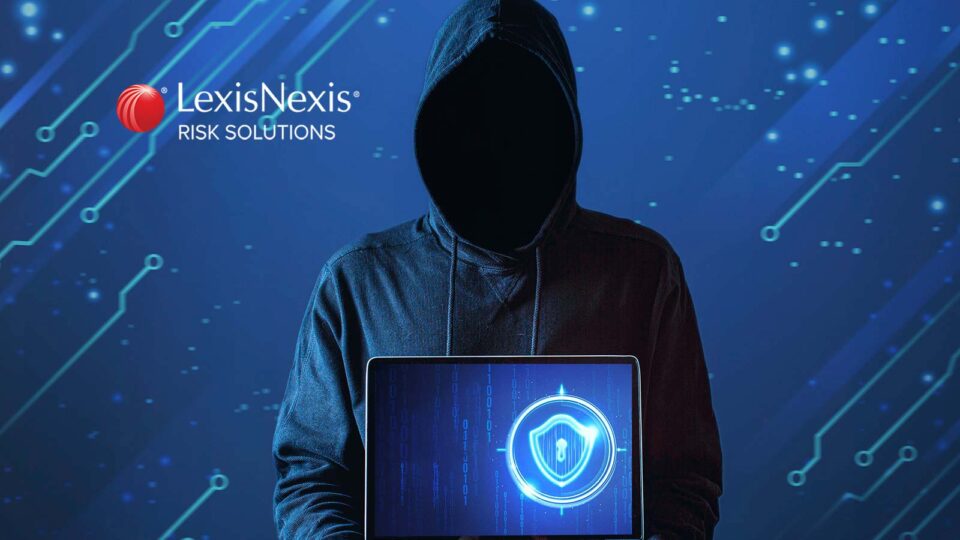LexisNexis Fraud Multiplier Finds the Cost of Fraud Surged Up to 41% Across EMEA as Cybercriminals Attack More Diverse Payment Methods
As digital transformation continues apace in financial services and retail the latest LexisNexis True Cost of Fraud Study reveals that cybercriminals are attacking a wider set of payment methods and driving up the cost of fraud to new highs. The cost to businesses in Europe, the Middle East and Africa (EMEA) is now 3.49 times the amount of each transaction lost to fraud. The picture varies across EMEA markets in severity. The LexisNexis® Fraud Multiplier™ – an estimate of the total amount of loss a firm occurs based on the actual dollar value of a fraudulent transaction – showed an increase from 2019 data of 12.3% in Germany, 27.2% in France, 34.6% in the Netherlands and 41.5% in South Africa.
Cybercriminals are also varying how they attack transaction chains. Credit transactions accounted for nearly half of fraud losses in 2019 when looking at costs by payment method. The latest study shows that criminals have diversified. While credit transactions still account for the single most fraud losses by payment method, there has been a marked increase in losses from digital wallets and direct deposit payment methods. The study revealed a proportional resurgence in losses from so-called traditional payment methods such as cash, cheque or gift cards, as many economies emerge from the pandemic.
Latest ITechnology News: IDrive Compute Expands Internationally, Adds More Edge Computing Locations throughout Europe
Identity verification is a growing challenge across EMEA markets, marked by the increasing use of synthetic identities, which fraudsters create by using a combination of fabricated information and personal information for a real person to build a new digital identity. It is often difficult for businesses to flag these as fraudulent since synthetic identities include some legitimate data.
“Fraud has become more expensive for businesses in part because the volume of both human and bot-originated fraud continues to target transactions at scale,” said Jason Lane-Sellers, director of fraud and identity EMEA, LexisNexis Risk Solutions. “The other side of the story is that consumer transaction habits are changing and cybercriminals are adapting to these behavioral patterns.
Latest ITechnology News: Cloud Native Machine Identity Management Downloaded Millions of Times a Day
“With more consumers using a variety of channels to transact, there is no one-size-fits-all solution for businesses wanting to authenticate digital identities and reduce fraud losses,” continued Lane-Sellers. “Businesses need a multi-layered offensive using technology and data sources to combat fraud and stave off financial losses. The increasing sophistication of some cybercriminals in deploying synthetic identities is one example where more robust, multi-layered solutions can dramatically reduce the risk to a transaction chain.”
2022 LexisNexis True Cost of Fraud EMEA Study Methodology
This year’s study surveyed 834 risk and fraud decision makers during January and February 2022. Respondents represented a wide spectrum of financial services and retail merchants. Findings provide a current snapshot of key pain points including adding new payment mechanisms, transacting through online and mobile channels and expanding internationally, amongst other topics. The study also reflects activity, fraud risks, challenges and costs associated with pandemic impacts. The margin of sampling error for findings reported at an overall level is +/-3.41 at the 95% confidence interval.
Latest ITechnology News: City of Williamsburg Selects Auvik to Modernize IT Infrastructure
[To share your insights with us, please write to sghosh@martechseries.com]


